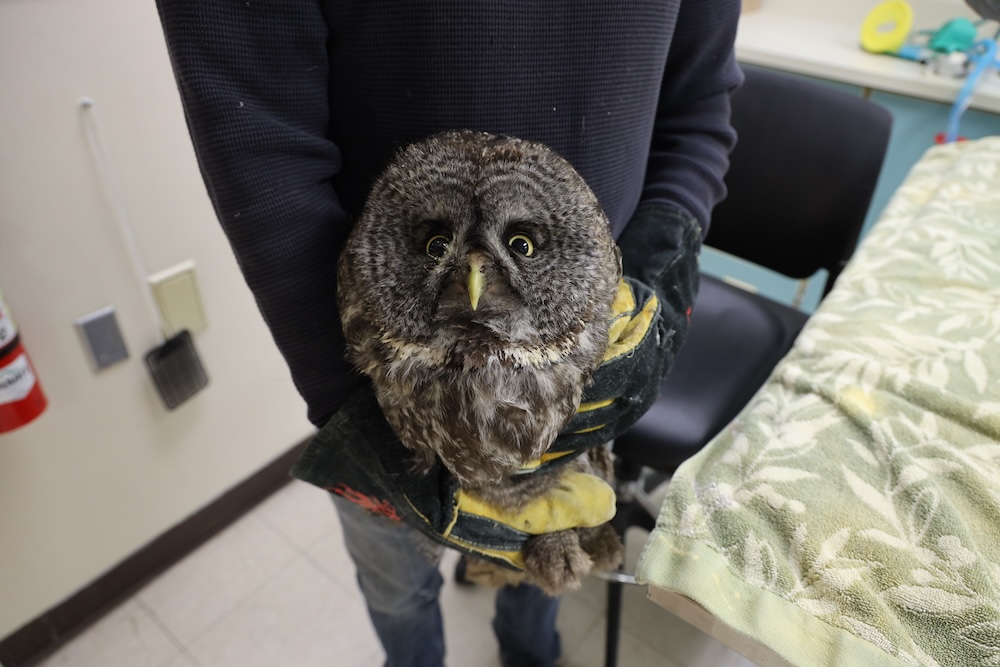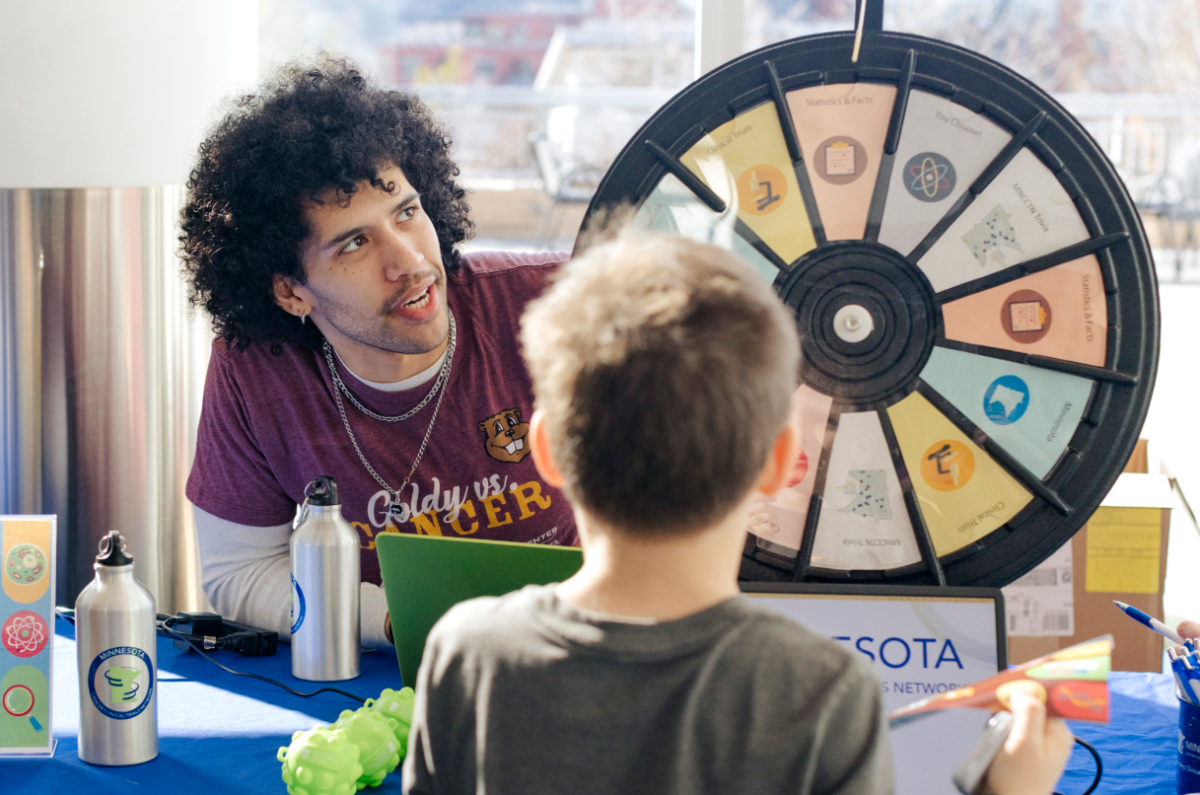This year, an unusual number of owls have been spotted in areas of Northern Minnesota as part of what is called an owl irruption.
Owl irruptions are defined as any time when a larger-than-normal group of owls moves south, University of Minnesota Raptor Center Interim Executive Director Lori Arent said. She said irruptions can happen every three to five years depending on the species.
The cause of owl irruption is still under investigation, Arent said. Irruptions are theorized to occur when northern owl species like Great Gray Owls, Snowy Owls or Boreal Owls’ food supply runs low in their normal migration territories.
However, that theory may not be true for each species of owl, according to Arent. With Snowy Owls, almost the opposite is true.
Snowy Owls eat a lot of lemmings during breeding season, Arent said. When there is a boom in the population of lemming, Snow Owls have good production years, which in turn creates an influx of owls.
“It’s not that there isn’t enough food, it’s that there was so much food that there’s so many owls,” Arent said.
An increase in owl population in Northern Minnesota also means an influx of people trying to spot the birds, Arent said. The more people in one area can have many different effects on the owl’s habits and habitat.
In the winter, owls try to conserve energy, and when people get too close it can cause the bird to fly away, which affects how much energy they have left for hunting, Arent said.
“If there’s a lot of people around, then that reduces the bird’s ability to successfully find and catch prey,” Arent said. “Then also you do have more cars, you have more people, so there is an increased likelihood that these birds will get hit by cars.”
While this year’s owl irruption is not the largest the Raptor Center has ever seen, there has been an influx of birds admitted to the Center. Since the irruption is confined to Northern Minnesota, the center has not gotten as many birds as they have seen in other years but still an influx compared to a regular year, Arent said.
Compared to a 2005 irruption of Great Gray Owls, when the Center admitted 117 injured owls of the species, they have seen a relatively small number of birds this year, but more than in other years. This year, they have taken in fewer than 30 owls, nine of which were Snowy Owls.
“If you take those numbers compared to 117, nine is not so many,” Arent said. “But nine is more than we would normally see in a year. Normally we’d see anywhere from zero to three Great Gray Owls.”















Melody Markert
Feb 20, 2025 at 8:44 am
This is the largest owl irruption in Minnesota in two decades.
—Dan Kraker, Twin Cities, 9 Feb. 2025